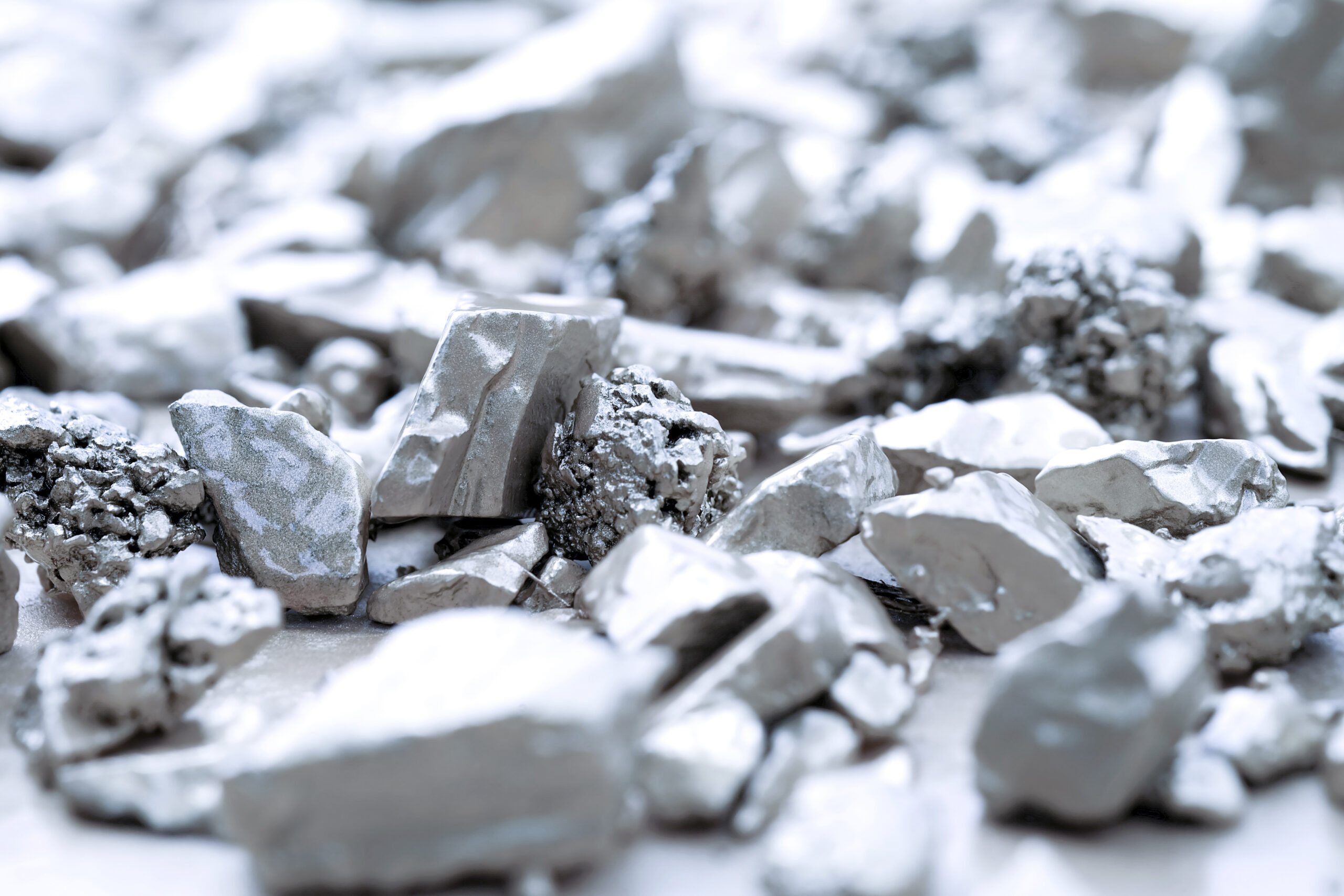Precious Metals Investing Basics
An introduction to precious metals investing
One of the best ways to hedge your portfolio against risk is to diversify it through precious metals investing. When done correctly, you can achieve rates of return that could end up protecting you against market volatility, political instability, currency weakness, and economic collapse. Gold, silver, platinum and palladium are in high demand as the renewable sector’s growth continues. Gold is perhaps the most well-known metal acquired by individual and institutional investors, but silver, platinum, and palladium are all commodities that can support your precious metals portfolio.

Each has unique risks and opportunities. This guide will walk you through the basics of investing in precious metals, such as silver and palladium. We will also discuss gold and platinum markets.
Gold
The Michael Jordan of all precious metals: gold. For many reasons, it claims this title. The metal does not rust or erode, and its malleability and conductivity to heat and electricity make it valuable in several technology applications. Best known for its use in jewelry, it’s also used in dentistry and medicine, electronics and computers, the aerospace industry, and even the food industry.
The market typically determines its value, and unlike traditionally volatile stocks and bonds, gold moves against the market, making it an effective hedge asset. While there is still a significant amount of gold underground, the constant demand for the precious metal creates scarcity, driving up its value.
Some of the factors that led to increased demand include:
Inflation: If rates of return decline in the equity, bond, or real estate markets, investors tend to travel toward gold assets to maintain their positions and hedge against risk.
Geopolitical events: War and political crises often catch investors’ eye, who search for gold in times of uncertainty. These events impact the stocks and bonds market.
Financial uncertainty: When banks and fiat currency are unstable or political stability is in question, governments and investors turn to gold as a safe store of value.
Silver
While silver typically trades in line with gold, the metal’s industrial supply and demand equation makes it a commodity that investors are quickly stockpiling. As a result, its uses are vast, as emerging market economies saw an increase in buying power. Everyone knows about jewelry, of course, but it also serves other purposes.
Everything from electrical appliances to medical devices to industrial applications; it’s also vital in batteries, conductors and circuitry. And now, with the emergence of renewable technologies, it’s become a critical metal in photovoltaic cells used in solar energy. It’s also become a key driver in fueling demand for electric vehicles as global officials look to accelerate production. The price of silver is primarily affected by its applications, and investing in physical silver is not limited to jewellery — silver bullion is also used as a store of value.
Platinum
Like gold and silver, platinum is traded 24 hours, seven days a week in global commodities markets. In contrast, when markets and world economies are stable, it tends to command a higher price (per troy ounce) than gold. Platinum miners tend to extract less than gold and silver, which leads to higher demand and rises in price. Like silver, platinum can be used for automotive applications to reduce emissions. Clean air legislation may compel automakers to install more catalytic converters, increasing demand.
Auto sales and production figures significantly influence the price of platinum as the auto industry is one of the largest consumers of platinum. The most abundant platinum mines in the world are located in only two countries — South Africa and Russia, so many automakers in the U.S. and Japan are turning to its sister-group metal, palladium, which is less expensive to produce.
Palladium
As the lesser-known precious metal, palladium costs less to produce than platinum. Palladium is one of several metals that is gaining recognition in the renewable energy sector for its use in electric battery applications. Palladium is also widely used in catalytic reactions in industry, such as the hydrogenation of unsaturated hydrocarbons, as well as in jewellery and dental fillings and crowns treatment. Most of its supply comes from mines in the United States, Russia, South Africa, and Canada. Palladium is an excellent catalyst that speeds up chemical reactions. It’s also 12.6 percent harder than platinum, making it more effective and durable in industrial applications.
Precious metals investment options
Here are the most common ways investors hedge their portfolios against risk by investing in precious metals.
Commodity Exchange Traded Funds (ETFs)
ETFs are a convenient and liquid way to buy and sell gold, silver, and platinum. While palladium isn’t a tradeable asset, the other three have exchange-traded funds. Investing in ETFs does not provide physical access to the commodity, so there’s no physical silver to store in a safe or safety deposit box.
Bullion
On the other hand, if you have a safe place to secure coins and bars, this is an excellent option for investors looking to liquidate or gather assets quickly. That said, it’s not for everyone. Certainly, for those who are expecting the worst, bullion is the only option, but bullion can be inconvenient to hold for investors eyeing long-term opportunities.
Mining stocks and mutual funds
When the price of metal goes up, so do the stock prices of the companies that mine them. Shares of precious metals miners correlate with precious metals price movements.
Options and futures
The futures and options markets provide liquidity and leverage and are great for investors who want to invest mainly in metals. While it’s essential to assess the risk involved, derivative products can have a high potential for profits.
Is silver a precious metal to invest in above the rest?
Silver is a precious metal that provides inflationary protection without credit risk. Not only has it outperformed other widely recognized asset groups, but, like gold, it can keep its worth and increase in value over time. Additionally, it can be a good hedge against other markets because it’s a liquid market. As sustainability becomes a key focus for global governments and the renewable energy sector grows, investments in solar panels and electric vehicles could lead to future growth in demand.
Bottom Line
Investing in silver and silver stocks, as well as other precious metals like gold, platinum and palladium, is worth exploring and is an effective diversifier in your portfolio. The demand for precious metals will continue to grow. While geopolitical events and financial uncertainty challenges persist, precious metal stocks, including silver, can offer a massive payoff if done correctly.
Sources:
https://www.lynalden.com/precious-metals-investing/
